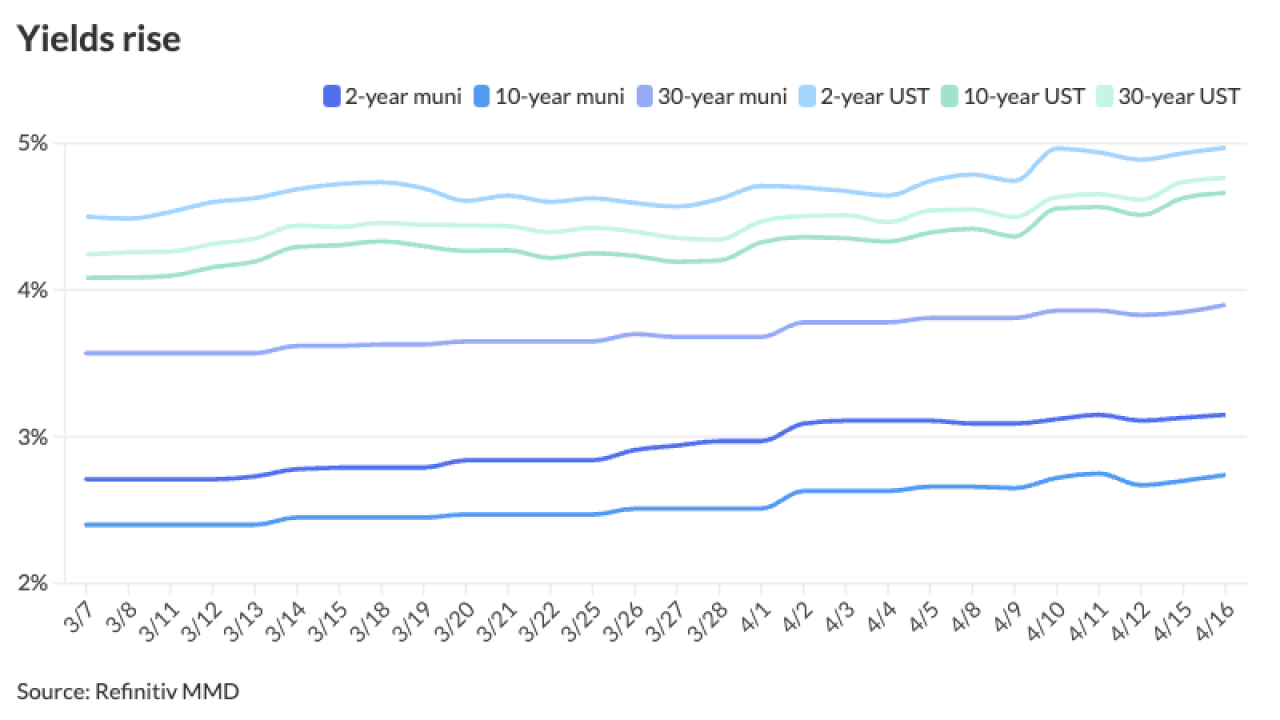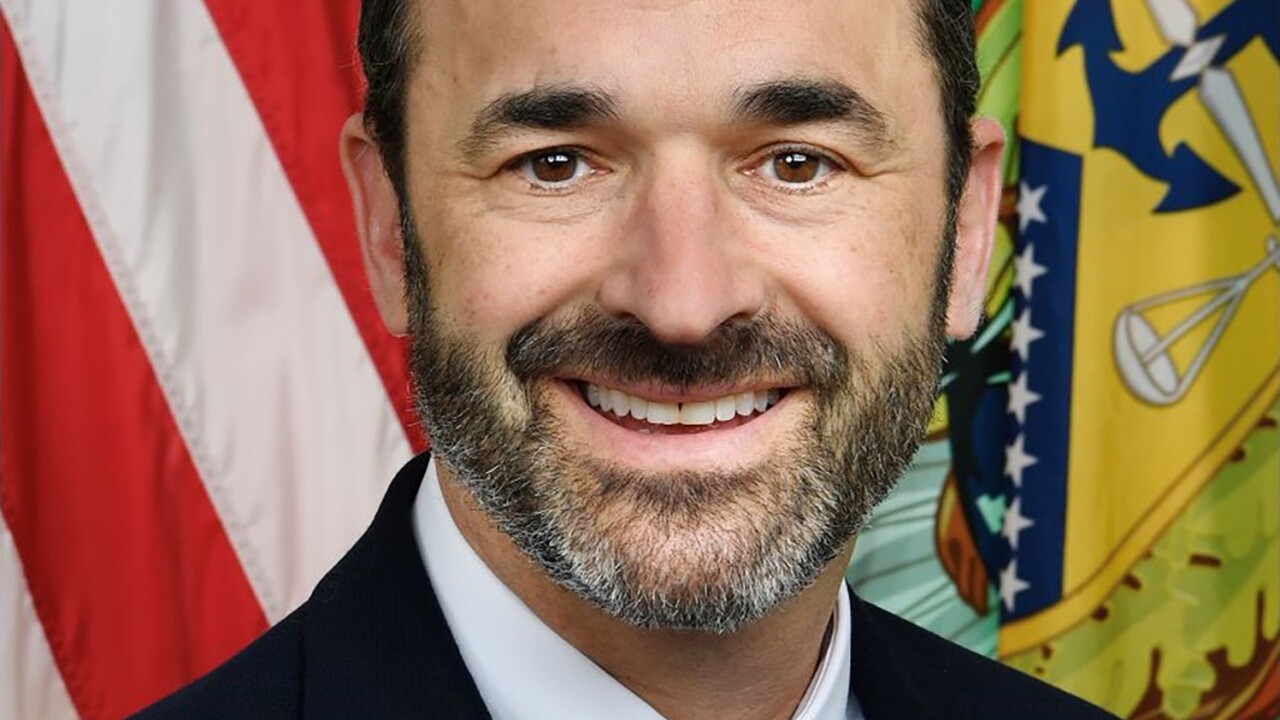New York City’s fiscal outlook “could darken quickly” because of escalating costs for labor, the Independent Budget Office said Tuesday.
In its analysis of the city’s updated $72 billion executive budget and financial plan through 2017, the watchdog agency projects New York will end the current fiscal year with a $2.1 billion surplus, which parallels Mayor Michael Bloomberg’s projections. The IBO also envisions a $476 million surplus in 2014, followed by a “relatively modest” out-year shortfall of $930 million.
“That $2.1 billion surplus is a pretty significant roll into next year. Because debt service is around $6 billion, that will give the city some breathing room,” said John Hallacy, director of municipal research for Bank of America Merrill Lynch.
But “the budget documents do not tell the whole story of the fiscal issues confronting the city,” the IBO report said. The fiscal plan assumes no retroactive raises for municipal employees, many of whom have been working under contracts that expired three or more years ago. Under one IBO scenario, the cost of a settlement would add $4.5 billion to city expenses through the end of this fiscal year and increase annual costs in 2014 and beyond by $1.8 billion.
“It was a somewhat positive report while caveating that the labor situation needs to be resolved,” said Hallacy.
Given Bloomberg’s impasse with labor unions, negotiations are likely be on the next mayor’s plate. Bloomberg’s 12-year tenure at City Hall will end Dec. 31.
Federal cutbacks and a still-developing plan for hardening the city against future Hurricane Sandy-type storms may further skew the city’s fiscal balance, the IBO said.
“Obviously they’ve been hit with the sequester,” Hallacy said, citing the loss of $63 million in federal school aid and an expected $36 million reduction in federal funding for Section 8 housing vouchers in 2014.
Not recognized in the budget is almost $1.8 billion in additional funding the federal government approved for the city through the Community Development Block Grant program.
Bloomberg and New York City Economic Development Corp. president Seth Pinsky are working on a storm-resilience plan. Suggestions such as building seawalls are “hugely expensive” and the level of investment from New York State and federal government is uncertain, the IBO noted.
Debt service for capital projects is another rising cost, according to IBO. Bloomberg’s plan projects such spending to increase by $253 million in 2014 and total $6.2 billion after adjusting for the use of the 2013 surplus to prepay some of next year’s costs. Overall, the city, which plans an institutional sale Wednesday of $800 million in general obligation bonds, is carrying $42 billion in GO debt.
Despite low interest rates the past few years, “debt service spending is projected to continue to rise because of the city’s many, and in some cases very costly, capital projects,” IBO said.
Bloomberg’s latest capital plan for 2013-2017 calls for $44.5 billion of projects with $34.3 billion coming from the city. Projects include $10.6 billion for school construction, $547 million to reconstruct the Rikers Island detention center and $151 million to renovate the New York Public Library’s central branch.
The report, while citing a subdued employment and wage growth in securities, also noted “exceptionally strong” broker-dealer profits last year, at $23.9 billion. “Equities are picking up and fixed income is falling off a bit,” said Hallacy. “Obviously Wall Street does well when the equities are doing well. Equities can lead to a lot more buying and selling, and more trading activity.”





